Related Research Articles

Robert Lowell Coover is an American novelist, short story writer, and T.B. Stowell Professor Emeritus in Literary Arts at Brown University. He is generally considered a writer of fabulation and metafiction.
Electronic literature or digital literature is a genre of literature where digital capabilities such as interactivity, multimodality or algorithmic text generation are used aesthetically. Works of electronic literature are usually intended to be read on digital devices, such as computers, tablets, and mobile phones. They cannot be easily printed, or cannot be printed at all, because elements crucial to the work cannot be carried over onto a printed version.

Nancy Katherine Hayles is an American postmodern literary critic, most notable for her contribution to the fields of literature and science, electronic literature, and American literature. She is the James B. Duke Distinguished Professor Emerita of Literature, Literature, Trinity College of Arts & Sciences at Duke University.
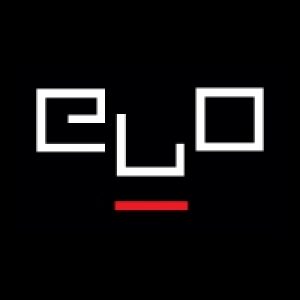
The Electronic Literature Organization (ELO) is a nonprofit organization "established in 1999 to promote and facilitate the writing, publishing, and reading of electronic literature". It hosts annual conferences, awards annual prizes for works of and criticism of electronic literature, hosts online events and has published a series of collections of electronic literature.
Codework is "a type of creative writing which in some way references or incorporates formal computer languages within the text. The text itself is not necessarily code that will compile or run, though some have added that requirement as a form of constraint." The concept of and term 'codework' was originally developed by Alan Sondheim, but is also practiced by and used to refer to the work of other Internet artists such as Mez Breeze, Talan Memmott, Ted Warnell, Brian Lennon, and John Cayley. Scholar Rita Raley uses the term "[net.writing]," which she defines as "the use of the contemporary idiolect of the computer and computing processes in digital media experimental writing." Raley sees codework as part of a broader practice exploring "the art of code."
Mez Breeze is an Australian-based artist and practitioner of net.art, working primarily with code poetry, electronic literature, mezangelle, and digital games. Born Mary-Anne Breeze, she uses a number of avatar nicknames, including Mez and Netwurker. She received degrees in both Applied Social Science [Psychology] at Charles Sturt University in Bathurst, Australia in 1991 and Creative Arts at the University of Wollongong in Australia in 2001. In 1994, Breeze received a diploma in Fine Arts at the Illawarra Institute of Technology, Arts and Media Campus in Australia. As of May 2014, Mez is the only Interactive Writer and Artist who is a non-USA citizen to have her comprehensive career archive housed at Duke University, through their David M. Rubenstein Rare Book & Manuscript Library.
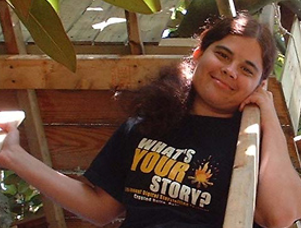
Deena Larsen is an American new media and hypertext fiction author involved in the creative electronic writing community since the 1980s. Her work has been published in online journals such as the Iowa Review Web, Cauldron and Net, frAme, inFLECT, and Blue Moon Review. Since May 2007, the Deena Larsen Collection of early electronic literature has been housed at the Maryland Institute for Technology in the Humanities.
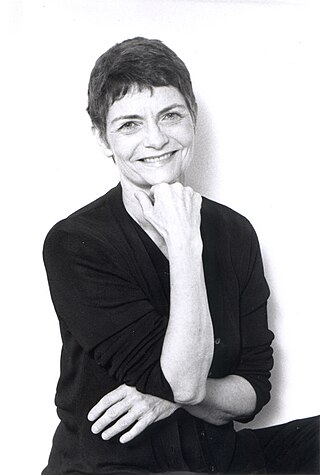
Stephanie Strickland is a poet living in New York City. She has published ten volumes of print poetry and co-authored twelve digital poems. Her files and papers are being collected by the David M. Rubenstein Rare Book And Manuscript Library at Duke University.
Game, Game, Game, and again Game is a digital poem and game by Jason Nelson, published on the web in 2007. The poem is simultaneously played and read as it takes the form of a quirky, hand-drawn online platform game. It was translated into French by Amélie Paquet for Revue Blueorange in 2010. Its sequel is I made this. You play this. We are Enemies (2009).

María Mencía is a Spanish-born media artist and researcher working as a Senior Lecturer at Kingston University in London, United Kingdom. Her artistic work is widely recognized in the field of electronic literature, and her scholarship on digital textuality has been widely published. She holds a Ph.D. in Digital Poetics and Digital Art at the Chelsea College of Arts of the University of the Arts London and studied English Philology at the Complutense University of Madrid.
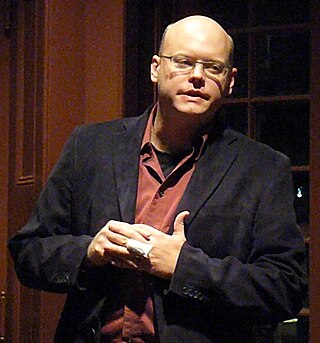
Scott Rettberg is an American digital artist and scholar of electronic literature based in Bergen, Norway. He is the co-founder and served as the first executive director of the Electronic Literature Organization. He leads the Center for Digital Narrative, a Norwegian Centre of Research Excellence from 2023 to 2033.
John Howland Cayley is a Canadian pioneer of writing in digital media as well as a theorist of the practice, a poet, and a Professor of Literary Arts at Brown University.
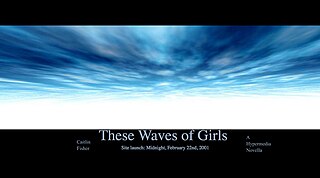
These Waves of Girls is a hypermedia novella by Caitlin Fisher that won the Electronic Literature Organization's Award for Fiction in 2001. The work is frequently taught in undergraduate literature courses and is referenced in the field of electronic literature as a significant example of early multimodal web-based hypertext fiction, placing Fisher "at the forefront of digital writing".
This is How You Will Die is an interactive digital poetry and art game created by Jason Nelson, a new media artist, digital poet, and lecturer. Released in 2005, the game combines elements of poetry, digital art, and chance-based mechanics to explore the concept of death and the unpredictability of life.
Light-Water: a Mosaic of Meditations is a "hypermedia work" that utilizes and layers images and poetry to "create a striking experince of poetic meditation." Created by Christy Sheffield Sanford in 1999, the work consists of ten poems that produce a "visual-literal meditation on light and water." Through the implementation of timelines within the poems and overall work, Light-Water illustrates how "space-time possibilities for literature can now be more adequately realized through the use of spatio-temporal dhtml editors."
Tramway is a combinatorial and interactive poem by Alexandra Saemmer, first published in 2000 and recreated in 2009. Its central theme is the act of closing the eyes of her father on his death. Tramway, by Alexandra Saemmer is a multimedia hypertext work based on her experiences with her father's death. This work is a notable use of Flash as a transitory medium and the content was designed to degrade as computing power increased. It is written in French.
Caitlin Fisher is a Canadian media artist, poet, writer, and Professor of Cinema and Media Arts at York University in Toronto where she also directs the Immersive Storytelling Lab and the Augmented Reality Lab. Fisher is also a Co-founder of York’s Future Cinema Lab, former Fulbright and Canada Research Chair and an international award-winning digital storyteller. Creator of some of the world’s first AR poetry and long-from VR narratives. Fisher is also known for the 2001 hypermedia novel These Waves of Girls, and for her work creating content and software for augmented reality.
The NEXT: Museum, Library, and Preservation Space is a repository of net art, electronic literature and games. It is supported by the Electronic Literature Lab, Washington State University at Vancouver and the Electronic Literature Organization. This is a digital museum dedicated to reviving and maintaining these works to make them accessible to all. Physical artifacts are held at the Electronic Literature Lab in Washington, US.
Adalaide Morris (Dee) (1898–1983) was an American critic for modern poetry including information art, counter mapping, documentary, and digital works. As well as a scholar, she was an artist.
References
- ↑ McCaffery, Larry (2001). "Comments by Larry McCaffery, Fiction Judge". eliterature.org. Retrieved 2022-10-12.
- 1 2 3 Swanstrom, Lisa (2011). ""Terminal Hopscotch": Navigating Networked Space in Talan Memmott's Lexia to Perplexia". Contemporary Literature. 52 (3): 493–521. ISSN 0010-7484.
- 1 2 3 4 Angello, Aaron (2015-11-17). "To Archive or Not to Archive: The Resistant Potential of Digital Poetry". Text Matters: A Journal of Literature, Theory and Culture (5): 13–27. doi: 10.1515/texmat-2015-0002 . hdl: 11089/15019 . ISSN 2084-574X.
- ↑ Memmott, Talan. "Lexia to Perplexia: Web-based literary hypermedia" (PDF). talanmemmott.info.
- 1 2 Whalen, Zach (2014). "Lexia to Perplexia (2000 - 2013)". www.zachwhalen.net. Retrieved 2022-10-12.
- ↑ Hayles, N. Katherine; Montfort, Nick; Rettberg, Scott; Strickland, Stephanie (2006). "Electronic Literature Collection 1". collection.eliterature.org. Retrieved 2022-10-12.
- ↑ Montfort, Nick (2009). "The Word Made Digital (CMS 609J, Fall 2009)". ELMCIP Electronic Literature Knowledge Base. Retrieved 2022-10-12.
- ↑ Pressman, Jessica (2008). "Digital Literature (Engl 391, Fall 2008) | ELMCIP". ELMCIP Electronic Literature Knowledge Base. Retrieved 2022-10-12.
- ↑ Hayles, N. Katherine (2001-09-01). "Metaphoric networks in 'Lexia to perplexia'". Digital Creativity. 12 (3): 133–139. doi:10.1076/digc.12.3.133.3226. ISSN 1462-6268.